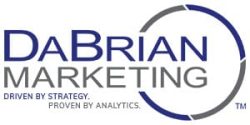As a Healthcare Provider Are You Confident Your Current Marketing Strategy Is Reaching Your Target Audience?
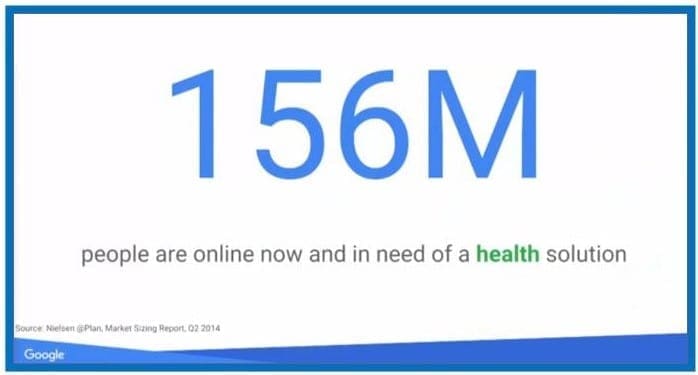
New Patients Are Online And Ready To Be Engaged
On March 9th DaBrian Marketing Group, a Certified Google Partner Agency hosted a live webcast to explore the impact ever-changing consumer search behaviors have on Healthcare Marketing. The consumer search data trends compiled by Google was presented by Ben Tyson, Head of Sales Enablement for SEM and Directories Partners at Google and Brendan Jacobson, Google’s Channel Partnerships Team member. Understanding the evidence-based approach to medicine that is practiced, it is clear that the Healthcare Marketing strategies need to change. Here are a few points we found particularly eye-opening. We would love to hear your takeaways as well.
Why Healthcare Marketing Needs a New Approach
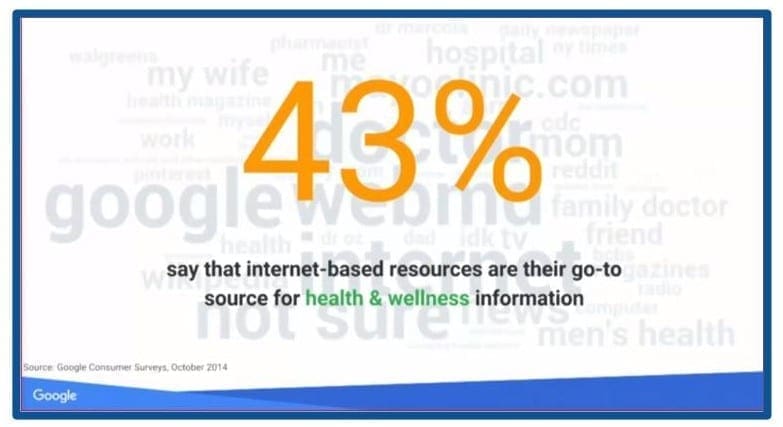
The Internet Is A Go-To Source For Health & Wellness Information
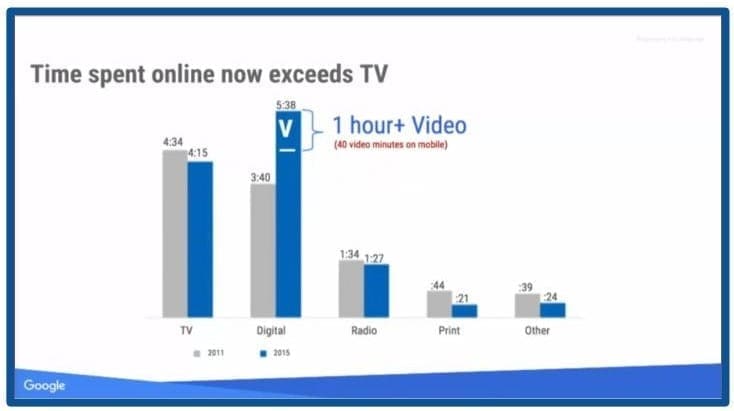
People Spend More Time Online Than Any Other Medium
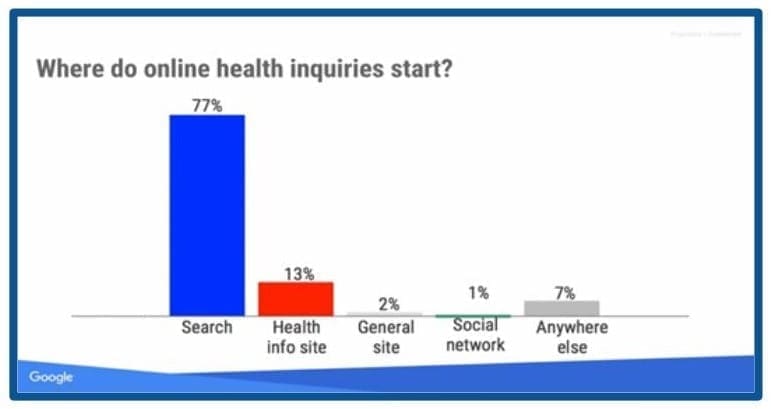
77% of People Search the Internet First For Healthcare Information
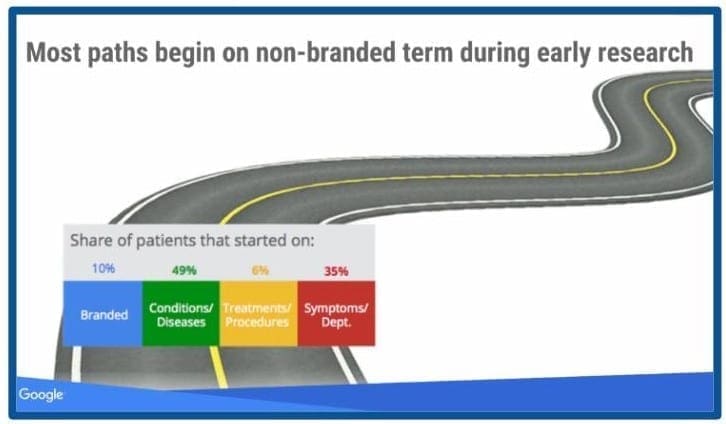
90% of Patients Begin Searching for Conditions, Symptoms & Treatments
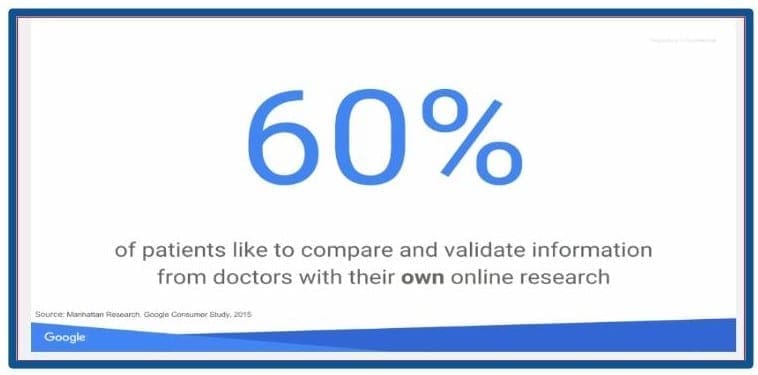
Patients WILL Go Online To Verify Doctor’s Diagnosis
Where they are searching has also changed. It almost goes without saying that the utilization of mobile devices has been rising and consumers use them everywhere, including 16% who are using them while in a doctor’s office!
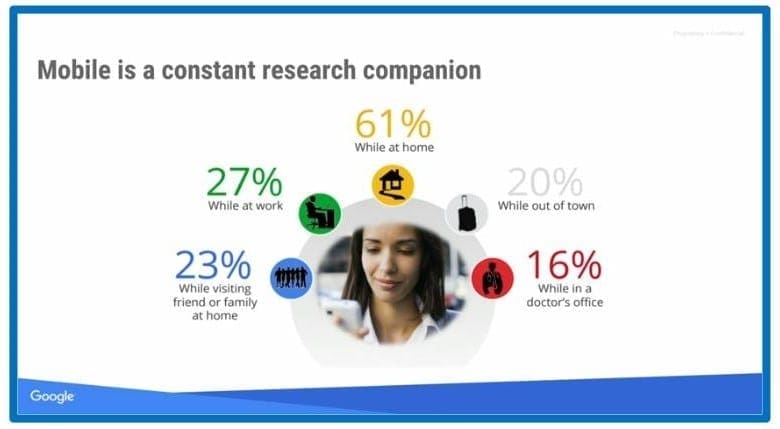
16% of Patients Use Mobile Phone While In Doctor’s Office!
Implications of Not Changing Your Marketing Approach
So you may be asking why is it so important to be online at this point? Perhaps these findings from Google will answer that:
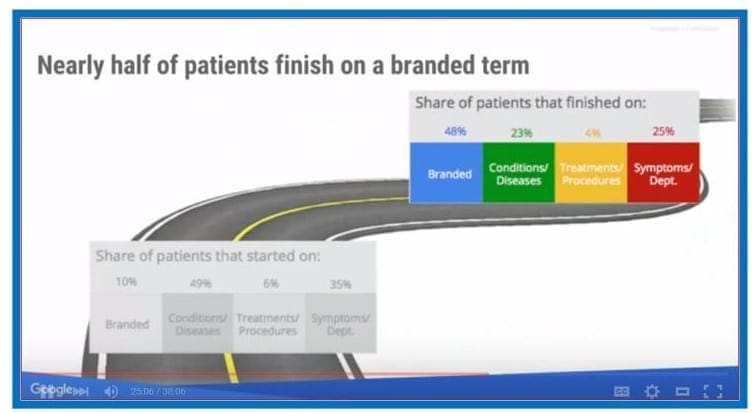
At time of decision, nearly half of all consumer research ends on an a Branded Ad.
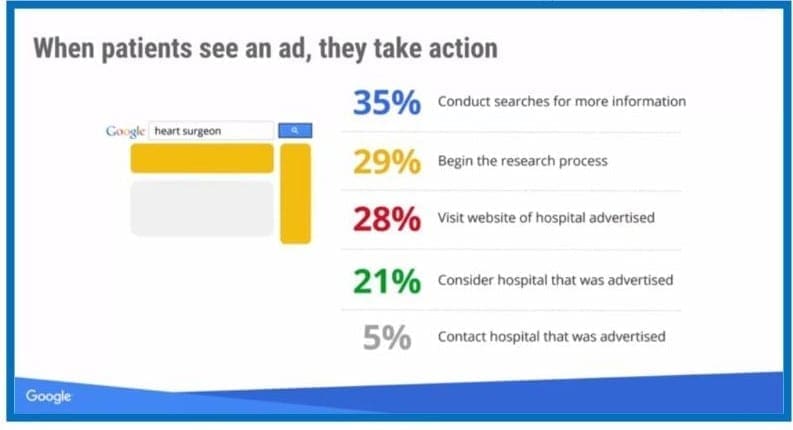
28% visited the website of a hospital that was advertised
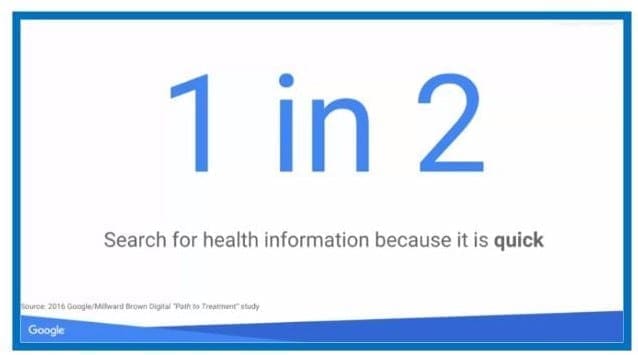
50% search for health information because it is quick
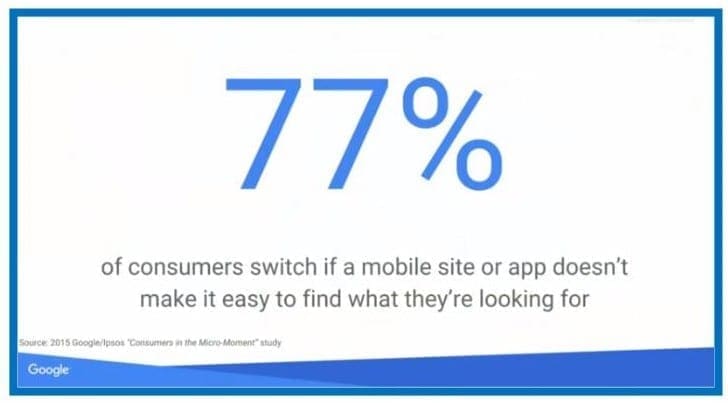
77% will switch to another site if it's not easy to find what they were looking for.

And don’t forget the 16% who might be reading a competitor's Ad while sitting in your waiting room!
These few points alone might not convince you to change your approach, but hopefully it has gotten you to think about your current marketing strategies. Healthcare Marketing has been lagging behind other industries in terms of effective digital marketing initiatives, which can be complex in an already challenging field to begin with. So keep it simple and just ask yourself a question: Are you reaching the right people, with the right message, at the right time? If you aren’t, or you’re not sure, DaBrian Marketing Group would be more than happy to talk with you, so give us a call at 610-743-5602.
I encourage you to check out the full Google Partners Connect – Healthcare video. It dives much deeper into the story.
